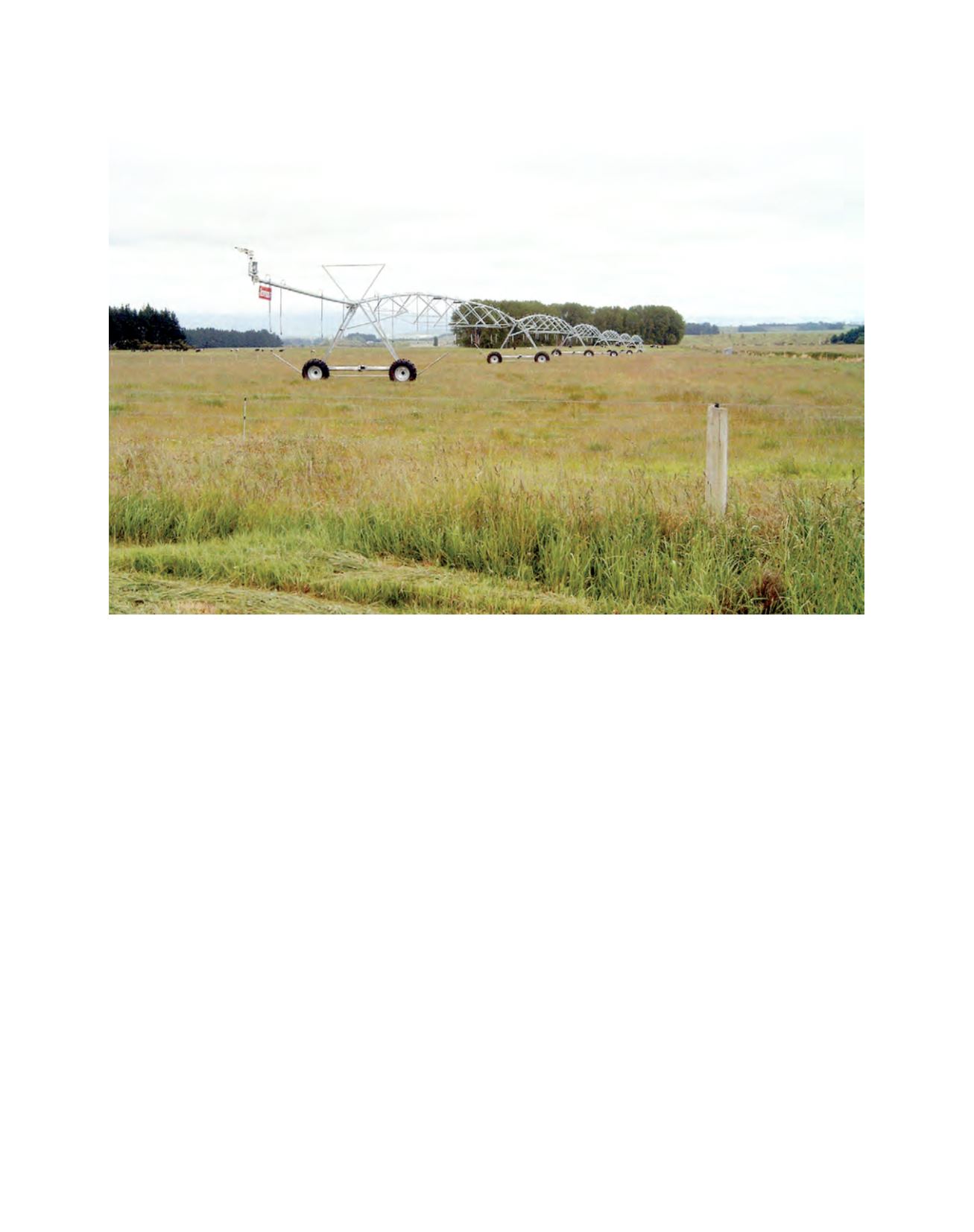

[
] 154
O
bserving
, P
redicting
and
P
rojecting
C
limate
C
onditions
timescales in conjunction with corresponding operational, tacti-
cal, and strategic management functions
• Questions remain on the scientific basis for validating predictive
skills of climate models and their utility for water management
• Water managers do not make routine use of climate predictions
• There is a need for the climate community to quantify uncertain-
ties in climate predictions and for water managers to explore
how probabilistic climate products can be used more routinely
• A project concept and plan for facilitating the use of appropriate
climate information by water managers was developed.
The meeting also provided inputs to the concept of pilot projects
to facilitate national hydrological services in meeting the new
expectations that have emerged due to climate change awareness.
Two pilot projects were initiated in Mexico and Egypt. Based on
the experience gained thus far, it is clear WMO, working as it does
with both the climate scientific and hydrological communities, is
in a unique position to provide support to facilitate this multi-
stakeholder activity.
Water engineers, and most of the agencies in charge of water
management do not yet rely on forecasts that extend normal
weather models by using ENSO and other type indicators, because
of the large uncertainties. It is the engineers that are responsi-
ble for the planning and design water projects, rather than the
hydrologists, climate forecasters or meteorologists. Recent arti-
cles testing the predictive skill of hydrological forecasts at short
timescales demonstrate large uncertainties.
2
This is one principal
reason why water managers and engineers, who make
project decisions, and are accountable for the conse-
quences, do not have full confidence in the predictions
and forecasts over a range of timescales derived from
climate and hydrological models.
Many hydrological modelling tools are being devel-
oped to model hydrological processes at an appropriate
range of temporal and spatial scales,
3
in parallel to
the development of global/regional/mesoscale climate
models. Links between the climate and hydrological
models may facilitate physically-based and scien-
tific short-to-medium-term climate and hydrological
information and predictions, of more practical use to
water managers. Identical physically-based climate
models are now used at temporal scales from short-
term weather forecasting to century scale climate
change modelling. Likewise physically-based hydro-
logical models, linked with climate models, are being
tested for forecasting and prediction at a range of time
spans.
4
Such multi-model ensembles and downscal-
ing techniques might improve prediction skills and
reduce the current large uncertainties within the next
25 years.
To validate climate and hydrological models,
ongoing monitoring and data storage, quality assur-
ance and analysis needs to be maintained to at least
their current levels.
Irrigation systems on the Canterbury Plains, New Zealand
Image: Alan Porteous, NIWA
















